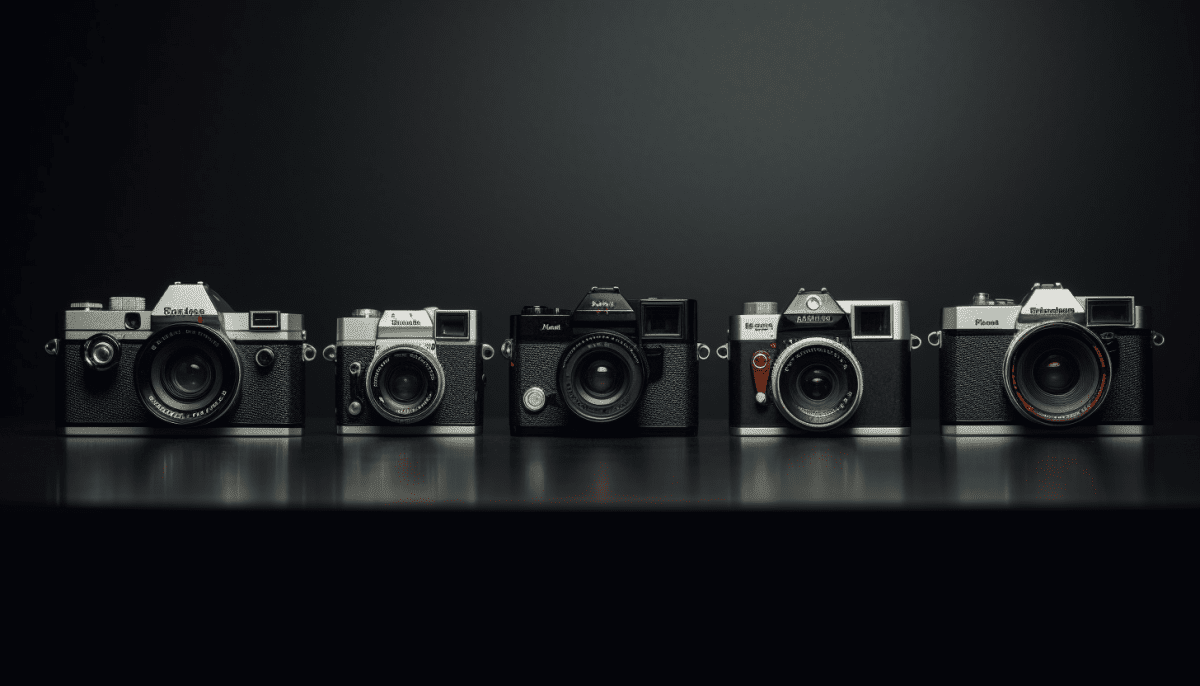Pinhole photography is like stepping into a time machine that takes you back to the very roots of imaging. The concept is simple: a tiny hole, or “pinhole,” in a dark box or a light-tight container lets light in, projecting an inverted image on the opposite side. This old-school technique doesn’t require fancy lenses or complicated settings, just a little creativity and patience.
The earliest known instances of pinhole photography can be traced back to ancient times, with the first mentions appearing in writings by Aristotle. He described how light travels in straight lines, which is the foundational idea that makes pinhole cameras work. Fast forward to the 19th century, when this knowledge sparked interest among inventors and artists. It was a time when people were eager to explore the potential of capturing images.
What made pinhole photography especially fascinating was its ability to produce ethereal, dream-like images. Without a lens, the images tend to have a soft, almost painterly quality—perfect for artists looking for a way to express their vision. Many photographers today still appreciate this method for its simplicity and the unique results it can deliver, showing that sometimes, less really is more!
As photography evolved, pinhole cameras paved the way for more advanced technologies. They helped people understand light, exposure, and composition. Even though we now have high-tech cameras with countless features, the charm of pinhole photography remains. It invites you to slow down and appreciate the basics—perfect for anyone looking to reconnect with the art of photography.
Rise of Film Cameras
Film cameras offer a unique aesthetic that digital just can't replicate. Each shot has its own character, with rich colors and grain that give photos a timeless feel. Film also encourages photographers to slow down and think more about each frame, resulting in more intentional and creative shots. Plus, let’s be honest, there’s something magical about the suspense of waiting for your film to be developed.
Many newcomers to photography find joy in using vintage film cameras. These trusty devices often come at a reasonable price, and they can be a blast to experiment with. Brands like Canon, Nikon, and Pentax have a variety of models that are not only affordable but also simple to operate. With just a few rolls of film and some practice, you can find yourself producing beautiful images filled with nostalgia.
Additionally, the film community is thriving, with workshops, meetups, and online platforms celebrating this art form. Whether you’re an experienced photographer or just starting out, connecting with others who share your passion for film can be incredibly rewarding. It’s a great way to exchange tips, celebrate each other’s work, and even find some inspiration for your next project.
Digital Cameras Revolutionize Photography
Digital cameras have truly changed the way we think about photography. Gone are the days of fiddling with film rolls and waiting days to see how your pictures turned out. With digital technology, everything is instant. You can snap a shot and see it within seconds! This immediacy has opened up photography to everyone, making it more accessible and fun.
One of the coolest things about digital cameras is their versatility. Whether you're an amateur snapping pictures for social media or a pro capturing stunning landscapes, there’s a digital camera that fits your needs. From compact point-and-shoots to advanced DSLRs and mirrorless options, the choices seem endless. Many even come with features like built-in editing tools and Wi-Fi sharing, making it easy to post your favorite images online or send them to friends.
Another big plus? No more worrying about how many shots you take. With storage cards that can hold thousands of photos, you can click away without the fear of running out of film. Plus, most digital cameras today come with impressive zoom capabilities and high resolution, allowing for breathtaking close-ups and stunning detail in your images.
Digital technology has also paved the way for new styles and genres of photography, like vlogging and drone imaging. You can even experiment with photography apps right on your smartphone, giving you the ability to edit, filter, and share photos instantly. It's like carrying a mini photo studio in your pocket! This ease of use encourages everyone to explore their creativity and share their unique perspective of the world.
The Smartphone Era in Photography
The rise of smartphones has completely transformed how we approach photography. No longer do we need to lug around heavy cameras and lenses; now, we have powerful tools right in our pockets. With just a tap, we can capture stunning images and share them instantly with friends and family.
Smartphone cameras have come a long way in a short time. Many models boast multiple lenses, night mode capabilities, and advanced sensors that compete with traditional cameras. Features like portrait mode and image stabilization allow anyone to take photos that look professional without deep knowledge of photography techniques.
Editing has also become easier thanks to a plethora of apps available for smartphones. You can enhance your pictures, apply filters, and even create collages—all in a matter of minutes. This accessibility has turned everyone into a photographer, encouraging creativity and expression.
Social media platforms play a huge role in how we engage with photography today. Sharing our moments on Instagram or Snapchat has made photography a more communal experience. It’s not just about capturing a moment; it’s about sharing it with the world, and smartphones have made that easier than ever.

